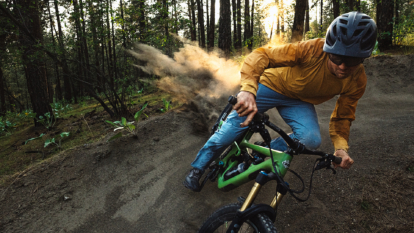For the Love of Dirt
Simplicity, style and lessons in bike jazz on Eastern Washington’s Beacon Hill.
Listen to the story
All photos by Ken Etzel
If you get your nose close enough, ponderosa pine bark smells like vanilla. Or butterscotch, depending on the tree.
Washington is famous for its pine trees. It’s portrayed as a land of constant water and ever-present green, which, in mountain biking terms, translates to a land of perfect trails and perfect dirt in perfect forests. And that’s true … or at least for the state’s West Side.
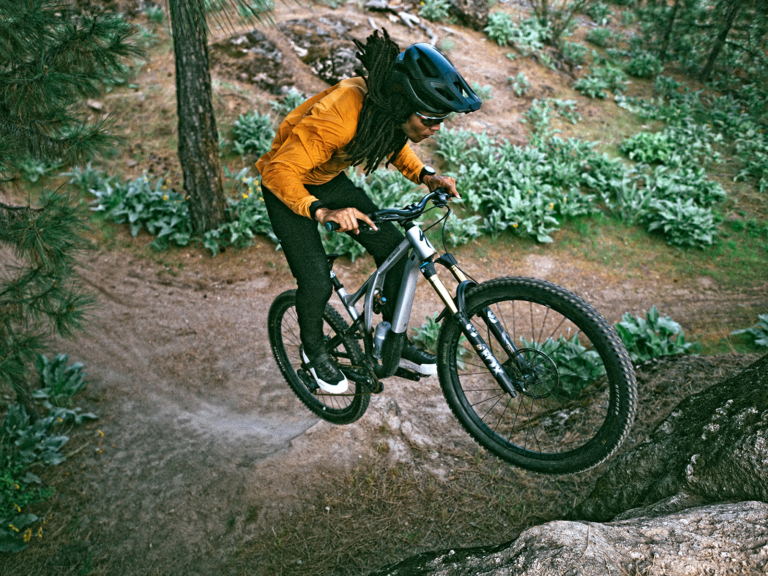
Elliott Milner isn’t much of a rock climber, but Beacon Hill’s trail builders provided other ways to get to the top for those willing to step things up.
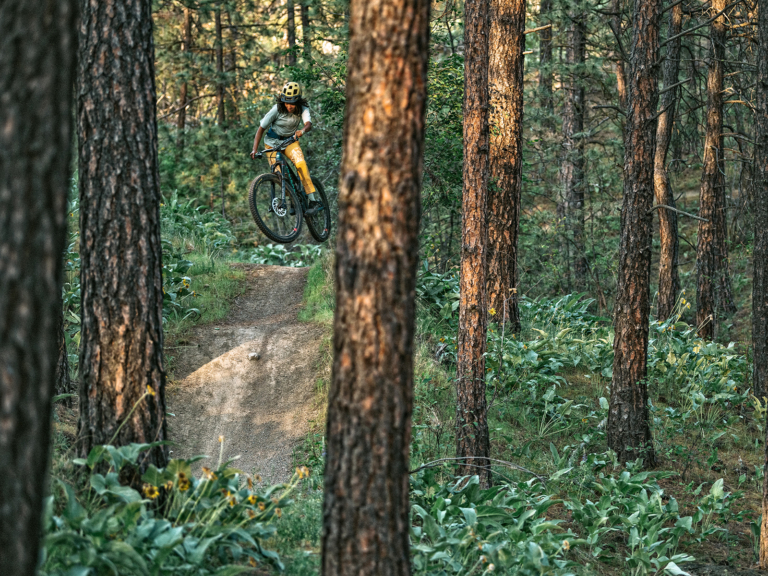
Artist and athlete Brooklyn Bell is a born-and-raised Washingtonian, and her flowing and playful style works as well with the West Side’s verdant greenery as the East Side’s subtler palette.

In both his skiing and mountain biking, Carston is so calculated that he makes even the trickiest features look casual—and makes smiling with a mouth guard look comfortable.
Spokane, on the far eastern edge of the state, is not famous for its pines or perfect mountain biking. It’s famous for apple trees and college basketball. Like much of the state’s eastern two-thirds, it’s a half-dozen inches of annual precip away from a desert. The forests are sparse and scattered, the hillsides a mix of sunbaked dirt, crunchy grass and a patchwork of scratchy shrubs. The terrain is craggy rather than steep, where it’s not expansive, horizon-wide farmland more akin to the Midwest. The trails are dustier, more likely sand than loam, and speckled with fist-sized pine cones.
That austerity is why some Western Washingtonians consider it the “boring side” of the state; for East Siders, the modest palette just highlights the subtle details. On the East Side, you can see the landscape’s bones.
Lime and yellow and orange patches of lichen announce the rare island of granite, which, in turn, hints at the story of two apocalyptic floods: the first, a roiling wave of fire and lava, left behind the area’s iconic hexagonal basalt columns; the second, a wall of ice and water, carved that basalt into deep gorges and scattered the leftovers across hundreds of miles.
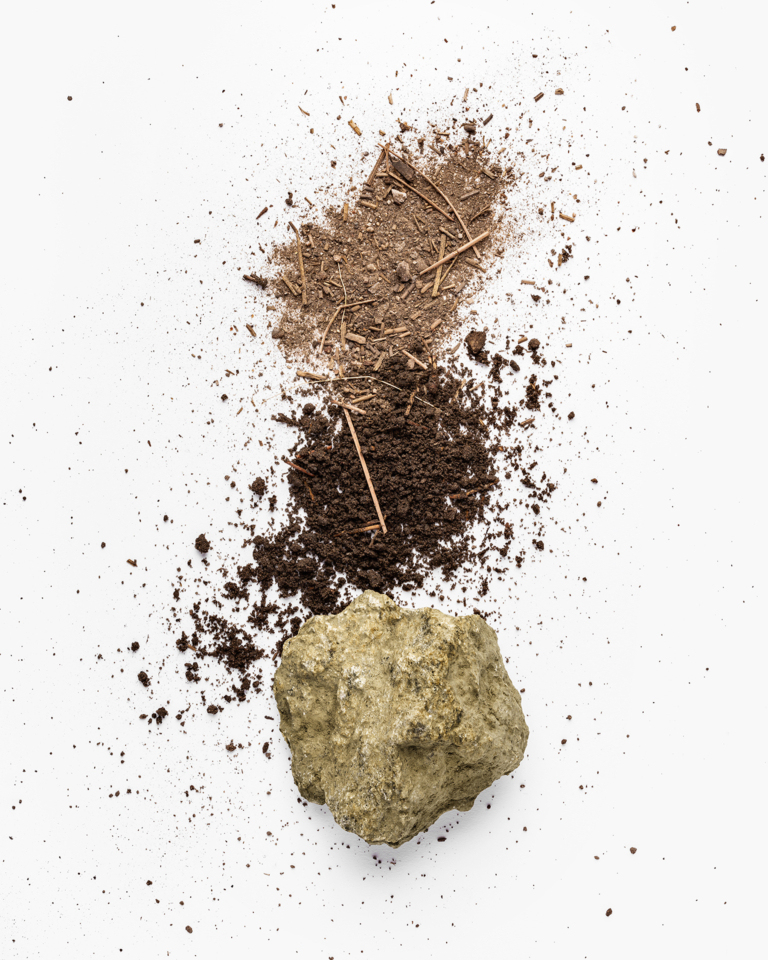
The Specimens of Beacon Hill
Fig. 1 – Loose: A mix of sunbaked dust and dead pine needles is the antithesis of traction; adds spice to even the simplest corners.
Fig. 2 – Tacky: Damp glacial sediment and silt create a smooth yet grippy trail surface that occurs during shoulder seasons or rainstorms; glory dirt.
Fig. 3 – Granite: Granite, basalt and assorted glacial till: Rare example of flow chunk; wide spectrum of terrain particularly conducive to free-form riding styles.
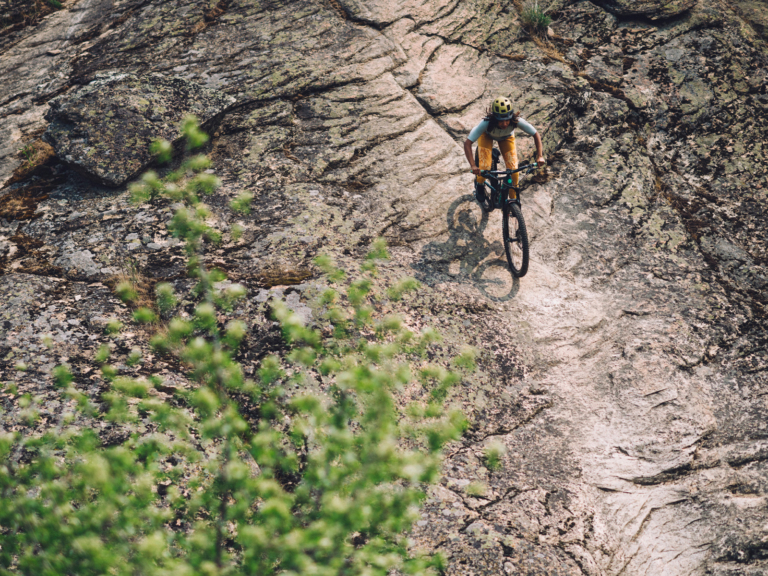
Don’t let Beacon Hill’s modest vertical relief fool you; the knoll is actually part of the same continental plate as the Rocky Mountains, an island of ancient granite rising above the basalt lava flows that buried the area millions of years before. Brooklyn puts her tires on some deep history on Beacon’s upper reaches.
And, when the still-damp soil meets the full brunt of Eastern Washington sunshine, there is no better place to ride a bike. For a few weeks each spring, those bones are covered in a riot of color that’s both delicate and dramatic. The streams surge with snowmelt, shimmering ribbons of liquid life in a still-slumbering desert.
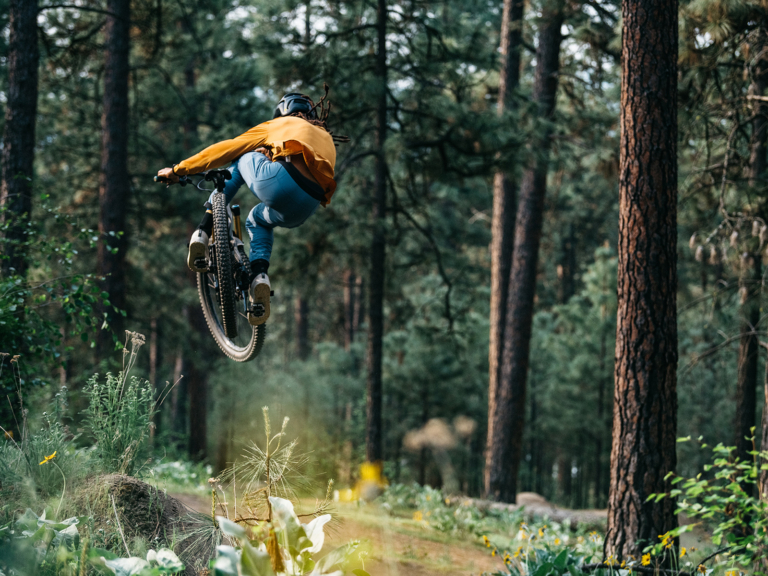
“Bikes are instruments, riders are musicians, and we all play them differently. The basic goal is to be good at playing your instrument, but some people just love playing for the sake of playing.” —Elliott Milner
Waves of grass sheath the hillsides like green lace, spotted with yellow and purple polka dots of balsamroot and lupine. The spice of sage and fir blend with the vanilla-butterscotch of ponderosa, an intoxicating concoction that embodies spring.
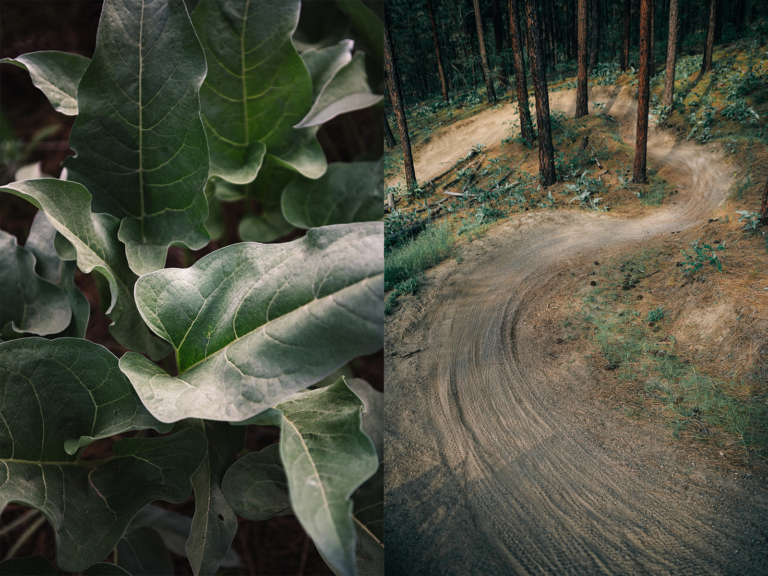
Left: Arrowleaf balsamroot (Balsamorhiza sagittata) is loved for its fuzzy mint leaves and vibrant sunflowers, but the plant’s name comes from the balsam-scented resin in its taproot, which can reach as deep as 9 feet and be used as a coffee substitute.
Right: A blank canvas takes many forms.
The landscape’s frugality only serves to highlight the nuances of each, distilling the experience rather than obscuring or diluting it behind a wall of green. Glimpses of other trails through the ponderosa are just visible enough to pique curiosity. Maybe the next lap you’ll find where they go. Or the lap after that.
What you draw isn’t the point. The point is drawing itself.
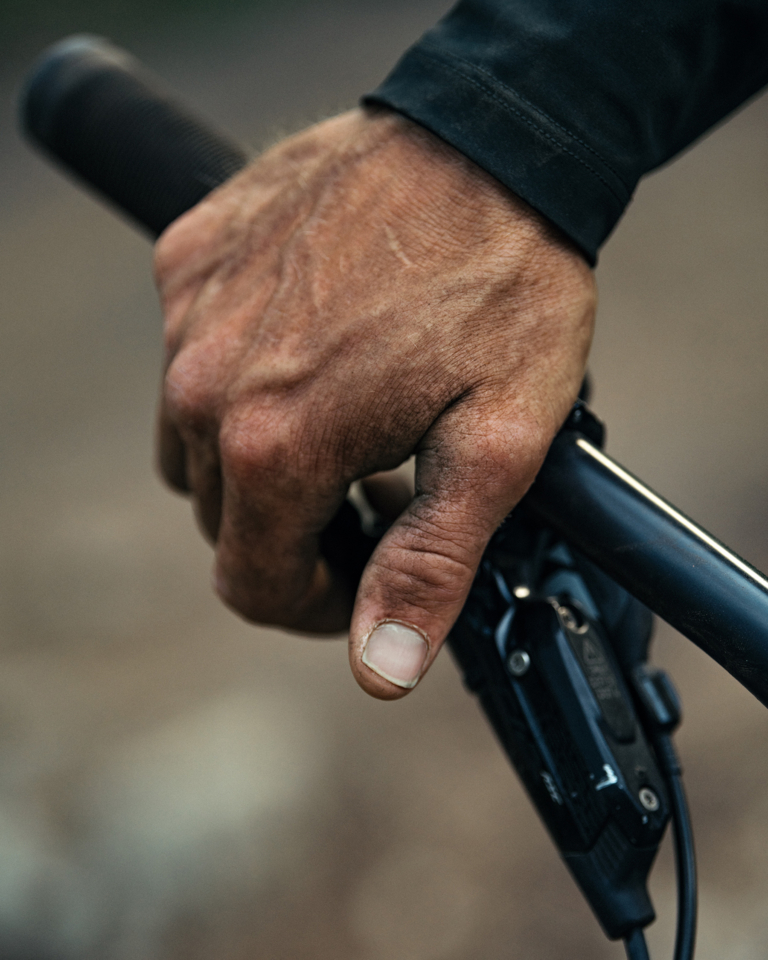
Dirty hands are signs of a good time.
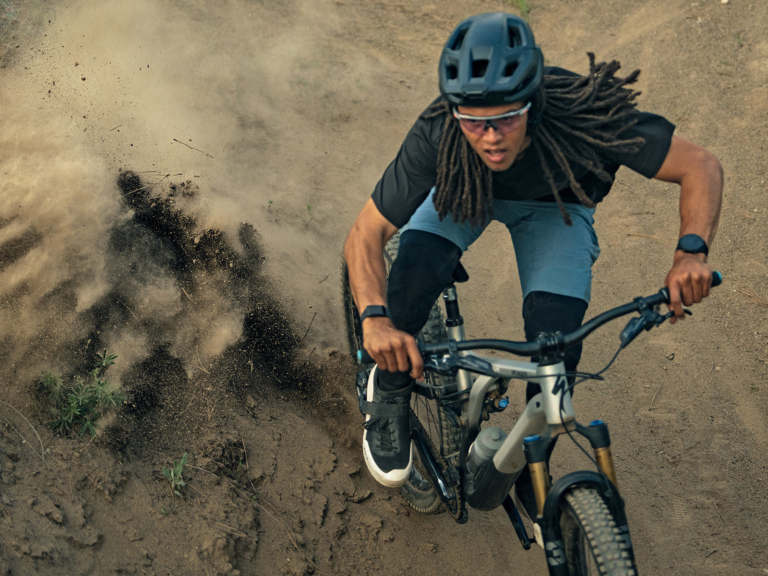
Riding behind Elliott is like bike jazz; he’s constantly improvising with a trail’s textures and subtleties, and you never know what he’s going to do next—you just know it’s going to be interesting.
